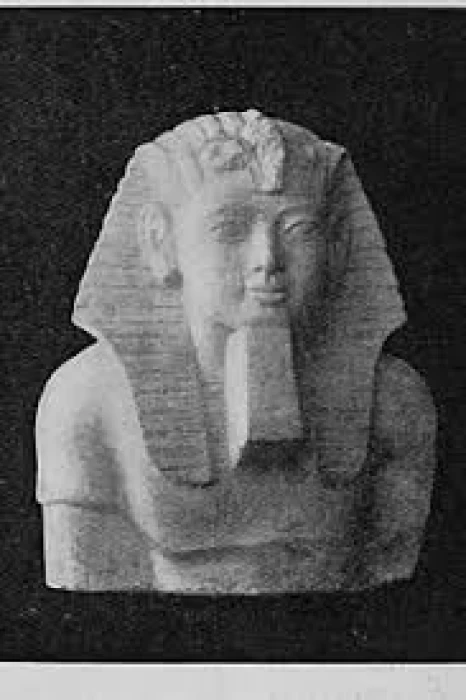
The 29th Dynasty of Ancient Egypt
Ancient Egypt
A line of monarchs from the same family succeeded one another to the Egyptian throne via inheritance, forming the 29th Dynasty of ancient Egypt. The 29th Dynasty pharaohs and the Egyptian monarchs governed during what is referred to as the "Late Period" in ancient Egyptian history.
The pharaoh Amyrtaois's short-lived dynasty ended in rebellion, which led to his removal from power and execution by Nephrites I, the pharaoh who founded the following line of dynasties. After using military force to take the throne, Nephrites I moved Egypt's center of power from Sais to Mendes, his hometown.
Nephrites I practiced the Apis cult, which included festivals and rites involving the Pharaoh and the bull god. The king led the bull-god in the procession, known as the "Race of the Apis bull," and religious rites were performed in connection with the Pharaoh's resuscitation of his powers.
Mentioned on the Palermo Stone, the "Race of the Apis bull" was considered a momentous affair. Nephrites I established trade regulations and provided some stability to Egypt's administration. Muthis, Nepherites' son, ought to have succeeded him when he passed away.
However, Psammuthes was backed by a strong group. Psammuthes took the throne, although his brief rule lasted only one year. Haker followed behind him. King Haker asserted that he was Egypt's legitimate monarch since he was Nephrites I's grandson. Throughout his thirteen-year reign, he started a number of construction projects.
Artaxerxes II, the King of Persia, faced King Haker. With the aid of Greek mercenaries, Haker, who was allied with Cyprus and Greece, waged a three-year war between 385 and 383 BC to repel the Persian menace.
Although the nation was once again in peace, political unrest persisted, and Nepherites II overthrew Haker. Nepherites II, who had only ruled Egypt for four months, was overthrown in turn. Nectanebo I, the founder of the next dynasty, was thought to have slain him














